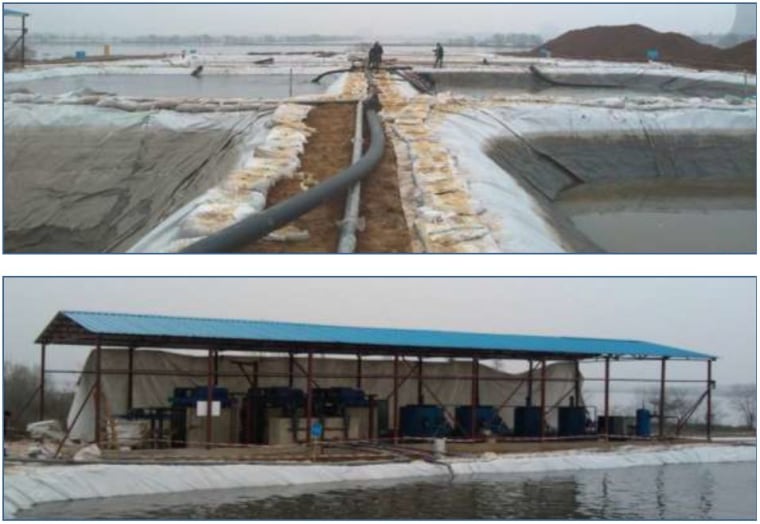Under pressure from environmental groups and other activists, Apple, the maker of iPhones and iPads, has reduced the amount toxic pollutants its suppliers release into the environment, according to a new report.
“They are far from done, but they are definitely in motion,” Linda Greer, head of the health and environment program at the Natural Resources Defense Council (NRDC), a U.S. based environmental group, told NBC News.
NRDC joined forces with the China-based Institute of Public and Environmental Affairs (IPE) to apply pressure on Apple and other gadget makers to clean up their supply chains.
The manufacture of components such as printed circuit boards found in almost all of today’s popular electronics can contaminate the land, water and air with toxic metals, solvents and other persistent organic pollutants, which harm the environment and pose human health risks.
Apple relies on suppliers to provide these parts, but until the pressure groups twisted arms over the past few years, the company refused to acknowledge there was a problem.
“We brought this whole issue to a higher priority of attention at Apple,” Greer said.
IPE and NRDC first pushed the issue on the iPhone maker in 2010. According to Greer, it took several months of pressure, but Apple ultimately opened the doors of its Chinese suppliers to third-party observers approved by the pressure groups.
Problems such as improper disposal of wastewater were documented and corrective actions taken. For example, a Wuhan-based supplier of printed circuit boards was found to discharge highly toxic wastewater through storm drains that led to contamination of sediments in a nearby lake.
That supplier has installed new pipes that separate wastewater from storm water and begun remediation of the lake.
According to Greer, there is more for Apple to do. In particular, she wants to see Apple establish discharge standards for contaminants such as solvents that currently are not regulated in China as well as increased reporting and monitoring standards.
The hope is that Apple can raise the bar for the industry as a whole, she noted.
“They are a very successful company,” she noted. “They have a brand reputation to die for and it seemed clear to me if that if you get Apple to do it, it would be a great model.”
An Apple spokeswoman declined to address the report specifically, but pointed to the company’s own recently released its Supplier Responsibility Report.
"At Apple, we take responsibility for minimizing the environmental impact of our operations and products, and our suppliers must take responsibility for their operations as well," the report reads.
The company notes that it conducted 55 audits at its suppliers in 2012, a 293 percent increase over 2011. Nearly half of those sites were on database of polluters maintained by IPE.
The new IPE report, Greer noted, was released a few days after Apple's report and goes into more details on the problems.
Although Apple’s efforts on greening up the supply chain are “slower than I would like,” she said, “I actually think they really want to get this right.”
John Roach is a contributing writer for NBC News. To learn more about him, check out his website.
